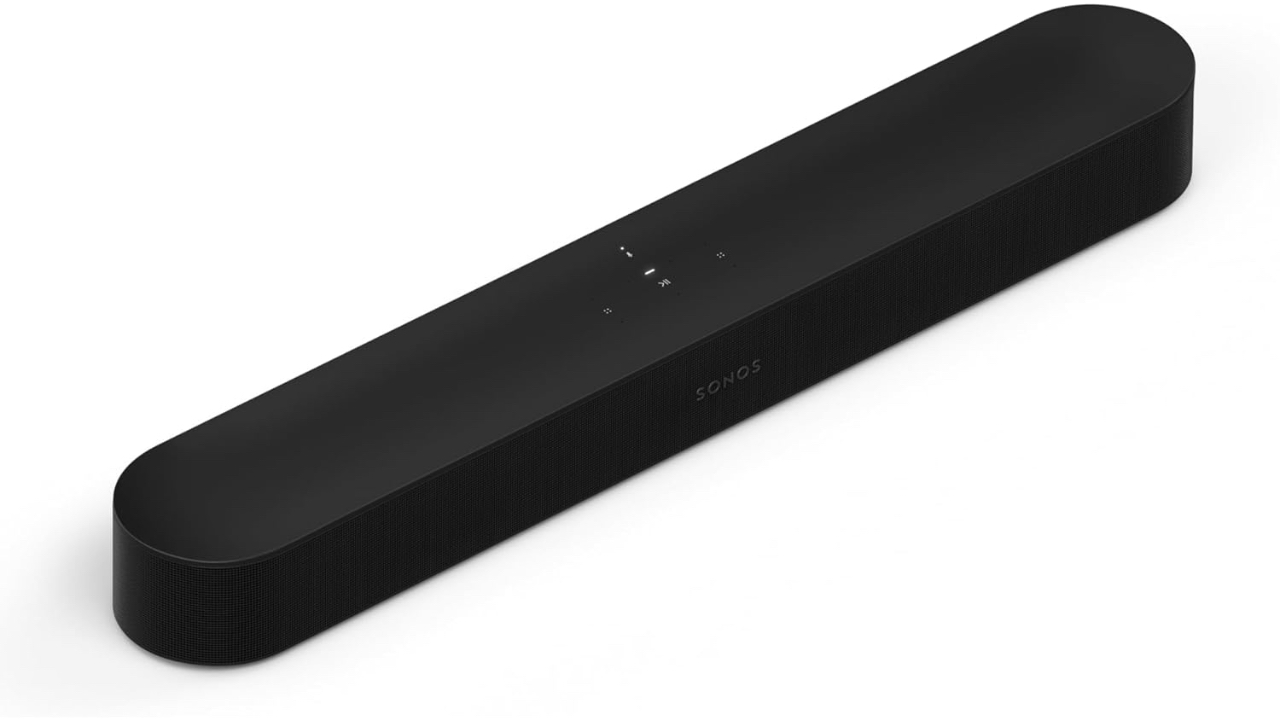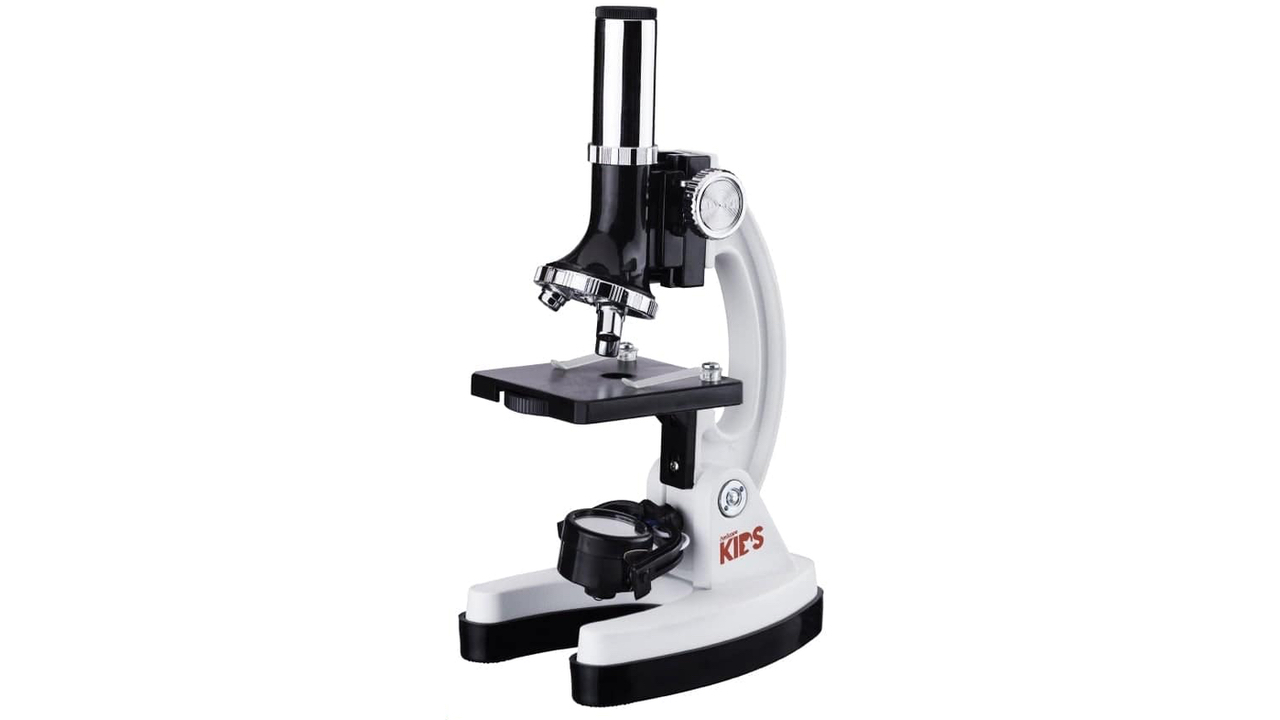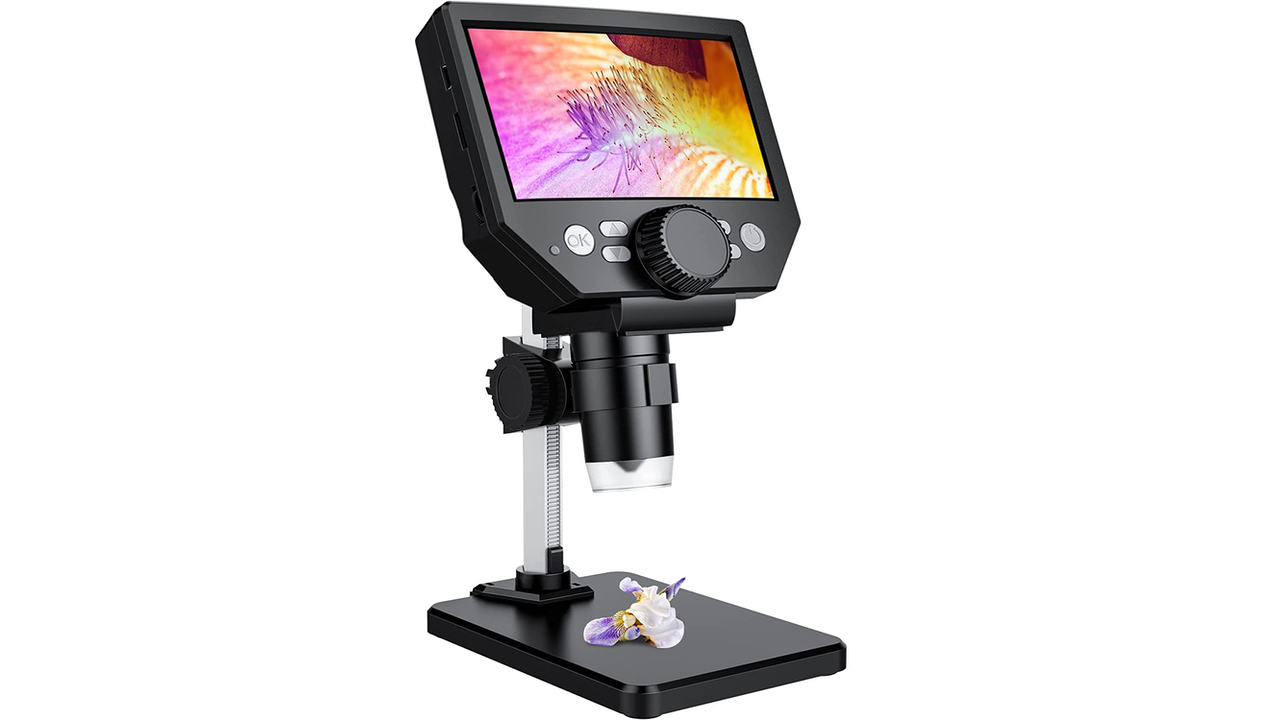Sonos Beam Gen 2 – Black – Soundbar with Dolby Atmos
The Sonos Beam (2nd Gen) is a compact soundbar designed to elevate your home entertainment setup with vibrant bass, crystal-clear dialogue, and immersive surround sound. Featuring Dolby Atmos support and seamless integration with major streaming services, the Beam is an excellent choice for those seeking premium sound quality without the clutter of a full audio system.
Pros:
Cons:
Features & Functionality
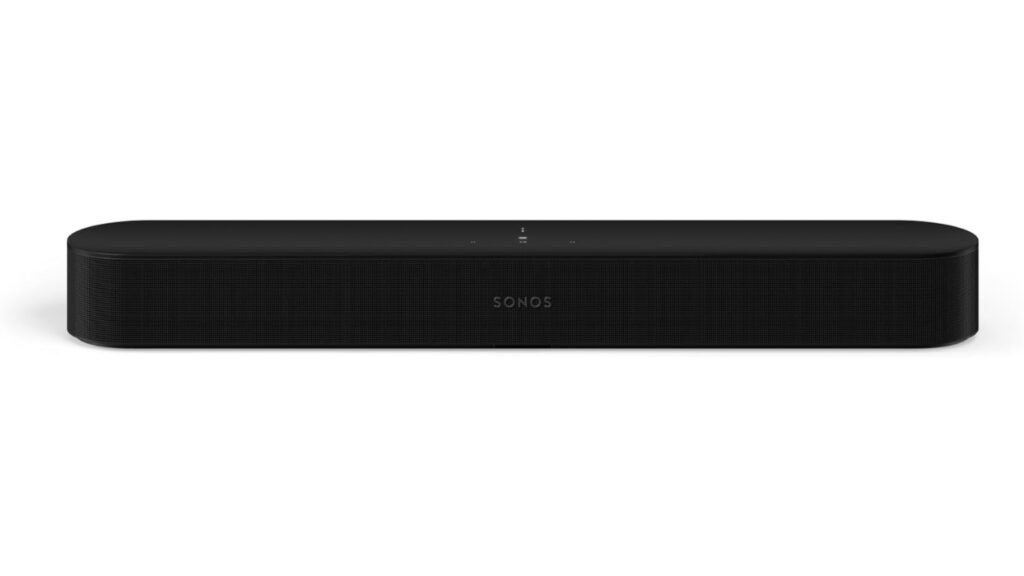
The Sonos Beam (2nd Gen) boasts an impressive array of features that make it a standout in the soundbar category. The most notable upgrade over its predecessor is the integration of Dolby Atmos, which significantly elevates the sound experience. With Dolby Atmos, the Beam creates an immersive, three-dimensional soundstage that surrounds the listener, making it an excellent choice for movie buffs and gamers who want to feel like they are part of the action. The soundbar uses virtual surround technology to mimic a multi-speaker system, allowing for sounds to appear as if they’re coming from various directions, enhancing the depth of music, movie soundtracks, and dialogue.
Beyond its audio capabilities, the Beam offers excellent streaming options. It supports various music and audio services, including Spotify, Apple Music, Amazon Music, and more. This means that when you’re not using the soundbar for TV or movie watching, it can double as a high-quality speaker for music, podcasts, and audiobooks. The Beam integrates seamlessly into the Sonos ecosystem, allowing users to easily add other Sonos products like the Sub Mini or Sonos One speakers for a more expansive home theater or multi-room setup.
In terms of control, the Beam offers multiple options. You can manage it through the Sonos app, voice assistants like Amazon Alexa and Google Assistant, or your TV remote, which is particularly convenient for users who want to control the soundbar without switching between apps or devices. The soundbar also supports Apple AirPlay 2, enabling effortless streaming from your iPhone, iPad, or Mac. The inclusion of Smart Trueplay tuning ensures that the Beam adjusts its sound profile based on the room’s acoustics, optimizing sound quality for any space.
Finally, setup is incredibly simple thanks to the Sonos app, which guides users through each step. You just need two cables—one for power and another for HDMI or optical audio connection—and the app takes care of the rest. This ease of setup makes the Sonos Beam (2nd Gen) an ideal choice for those who may not be tech-savvy but still want a premium audio experience.
Design & Build Quality
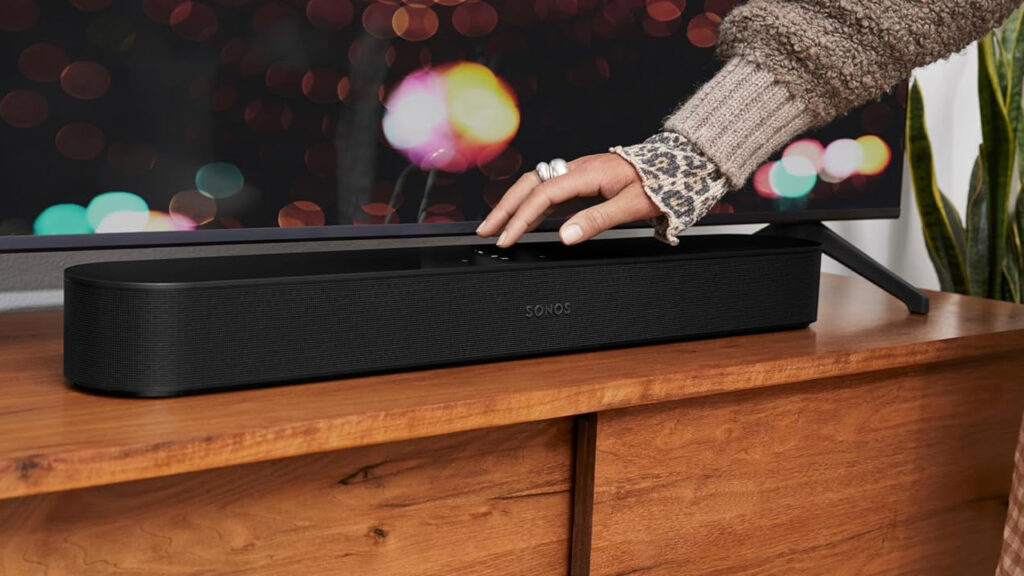
Sonos is known for designing products that are not only functional but aesthetically pleasing, and the Beam (2nd Gen) is no exception. The sleek, minimalist design of the soundbar fits well in virtually any living room or entertainment space. At just 2.7 inches high, it’s low-profile enough to sit unobtrusively beneath your TV without blocking the screen. The matte black polycarbonate finish gives the soundbar a modern, refined look, complementing most décor styles, though there is a white version for those with lighter-colored furniture or walls.
Despite its compact size, the Beam feels sturdy and well-built. The use of high-quality materials such as polycarbonate ensures durability, while the metal grille provides a premium finish and enhances the soundbar’s acoustics by allowing sound to travel freely from the speakers. The two-inch drivers and the addition of the upward-firing speakers for Dolby Atmos are housed in a single enclosure, and the attention to detail in the design is evident when you see how cleanly the components are integrated.
In terms of mounting, the Beam is designed to sit neatly on a shelf or can be wall-mounted using a compatible bracket. This flexibility means users can tailor their setup based on the available space in their home. Additionally, Sonos’ branding is subtle, with just a small logo on the front, keeping the soundbar looking understated yet premium.
The compact design of the Beam makes it a perfect choice for smaller spaces or those who want great sound without overwhelming their room with bulky equipment. However, as noted by users, its height can sometimes block the lower part of smaller TVs if placed directly underneath. In such cases, wall-mounting may be the best option.
Power & Performance
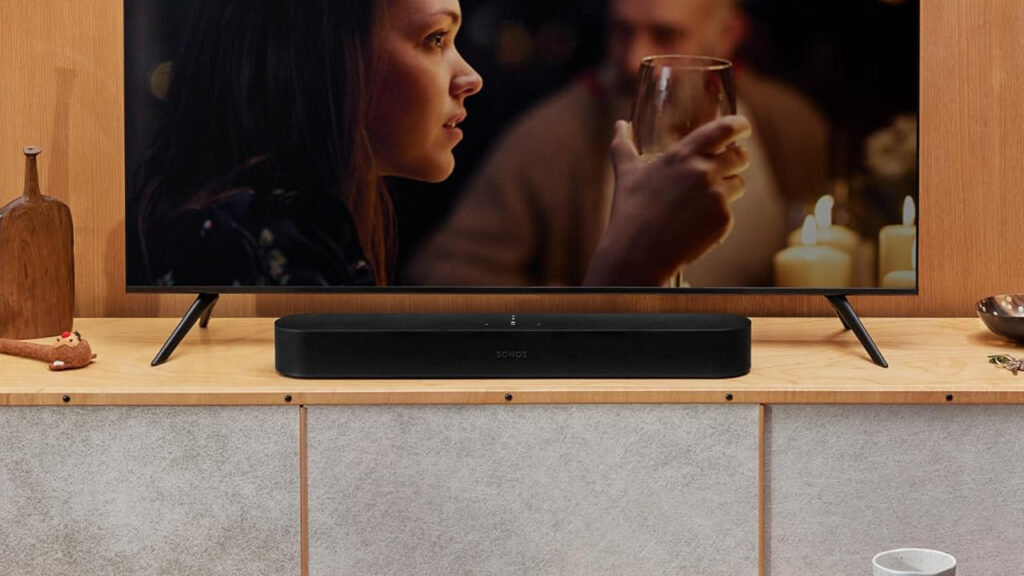
When it comes to sound quality, the Sonos Beam (2nd Gen) truly delivers, offering clear, crisp audio that’s ideal for watching movies, playing games, or listening to music. Despite being a compact soundbar, it’s capable of producing 200 watts of output power, ensuring that it can fill a medium-sized room with immersive sound. The Beam uses a total of five drivers: four full-range woofers and one tweeter, which deliver a balanced, full-range sound. The result is a system that excels in producing accurate mids and highs, making dialogue crystal clear, while also offering more than enough depth for movie soundtracks and music.
The addition of Dolby Atmos support is one of the biggest highlights in terms of performance. Through upward-firing speakers, the Beam generates a sense of height that you typically only find in larger, more expensive home theater setups. This makes the sound feel more expansive, creating an enveloping surround sound effect that’s perfect for action-packed movies or games. While it doesn’t have the same physical bass impact as a larger, more traditional sound system, the Beam’s dynamic drivers provide enough bass to create a rich sound profile without being overwhelming. If you’re looking for a more robust low-end, the optional Sonos Sub Mini adds extra depth that complements the Beam’s performance.
Users have noted that the soundbar performs exceptionally well even at lower volumes, making it a great choice for apartments or smaller spaces where noise levels are a concern. At higher volumes, the Beam maintains clarity and doesn’t distort, even with complex soundtracks or explosive action scenes. This makes it a versatile option for a wide variety of media, from gaming to music to movies.
Compatibility & Connectivity
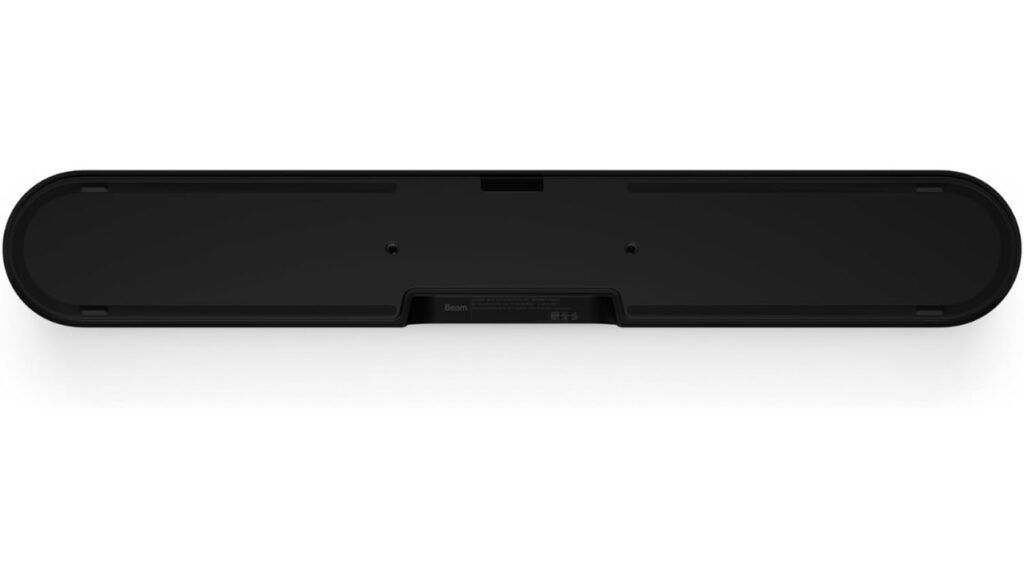
One of the key advantages of the Sonos Beam (2nd Gen) is its excellent compatibility with a range of devices and streaming services. The Beam is designed to integrate seamlessly into your home entertainment setup, with support for HDMI ARC (Audio Return Channel) and optical audio connections. The HDMI ARC connection is particularly valuable for simplifying the setup and reducing cable clutter, as it allows for bi-directional communication between your TV and soundbar. This feature also makes it easier to control the soundbar through your TV remote.
The soundbar works with a broad selection of TVs, including those with eARC (enhanced Audio Return Channel), which supports high-quality audio formats like Dolby Atmos. However, some users have pointed out that the Beam’s full potential, especially with Atmos, requires a TV that supports eARC. This is something to keep in mind when setting up the system, as some older TVs may not fully support all the advanced audio features available with the Beam.
The Beam’s Wi-Fi connectivity ensures that it integrates well into a Sonos multi-room audio system, allowing you to sync it with other Sonos devices like the One speakers, the Sub Mini, or even other Beam soundbars for a more expansive setup. The Sonos app makes managing all your Sonos devices from a single interface simple, with intuitive control over volume, sound modes, and room grouping. The Beam also supports Apple AirPlay 2, so you can stream content directly from your iPhone, iPad, or Mac, as well as Google Assistant and Amazon Alexa for hands-free control. Additionally, the Beam allows for seamless music streaming from popular services like Spotify, Apple Music, and more, so it functions as a versatile speaker when you’re not using it for TV audio.
While the Beam does not come with a physical remote control, it’s designed to be managed via the Sonos app, voice commands, or your TV remote, which some users find to be a more convenient and modern way to control their setup. However, if you prefer a traditional remote, this may be a point of contention.
Conclusion: Should You Buy the Sonos Beam (2nd Gen)?
The Sonos Beam (2nd Gen) is an outstanding choice for anyone looking to upgrade their audio experience without the complexity of a full surround sound system. Its compact design, Dolby Atmos support, and excellent audio clarity make it a fantastic option for smaller spaces, apartments, and secondary entertainment areas.
While its bass might not satisfy hardcore audiophiles without the addition of a subwoofer, the Beam’s performance is more than adequate for most casual listeners. If you’re already in the Sonos ecosystem or plan to expand in the future, this soundbar is a no-brainer. Whether you’re a movie buff, music lover, or gamer, the Sonos Beam (2nd Gen) offers an exceptional balance of quality, convenience, and style.

